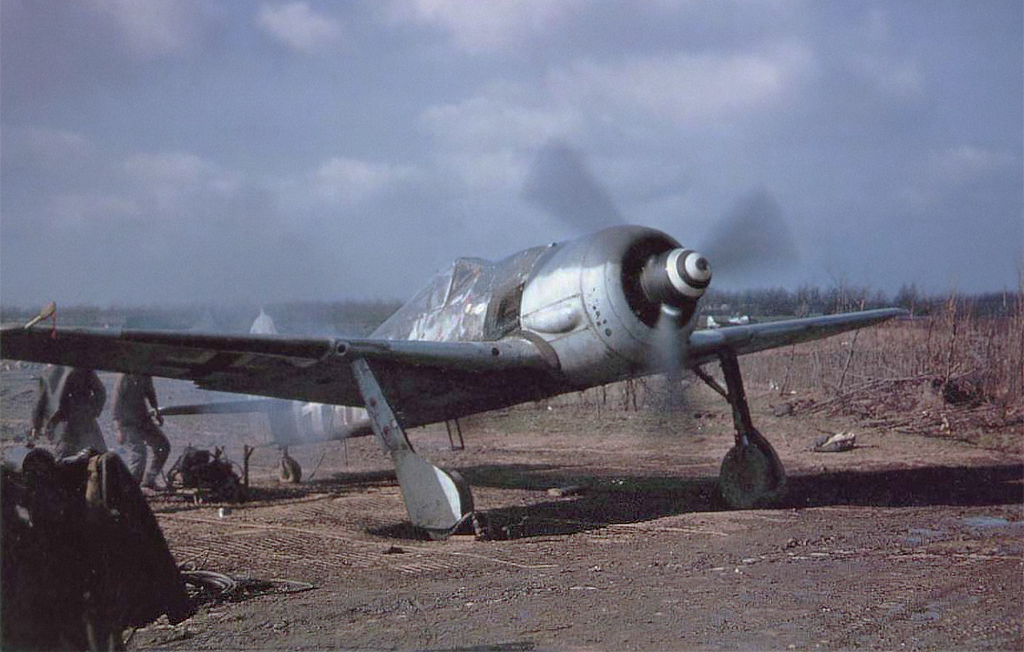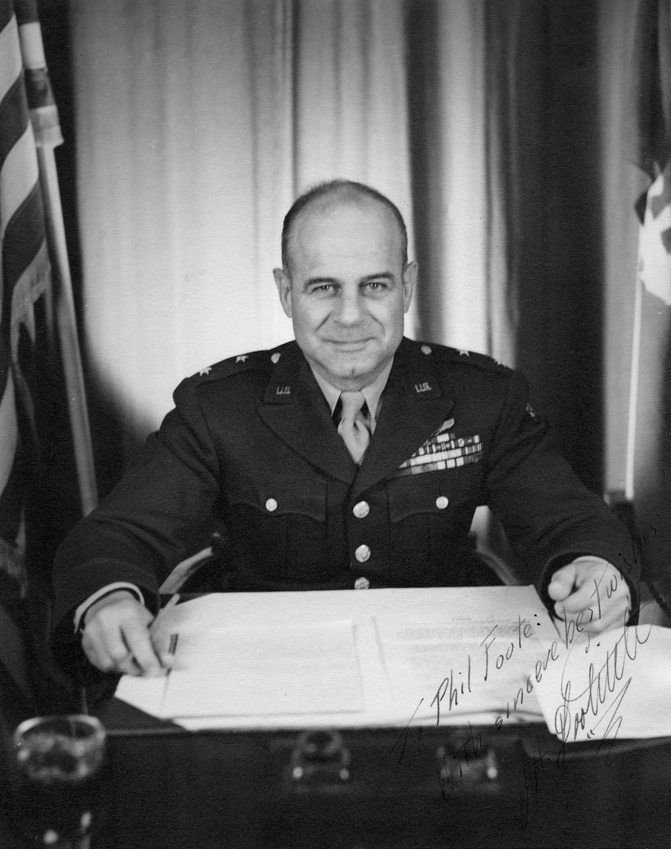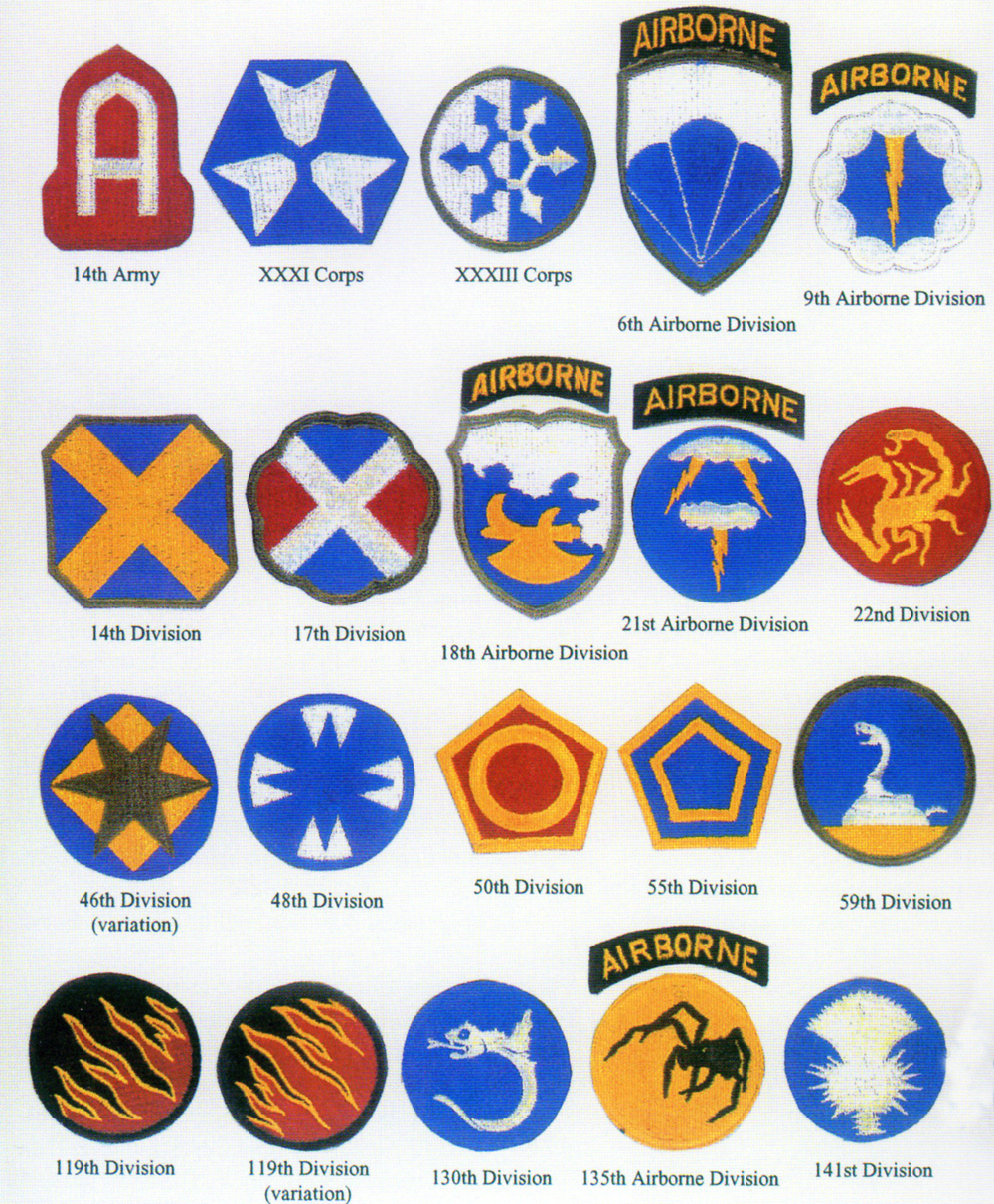|
Messerschmitt Me 410 Hornisse
The Messerschmitt Me 410 ''Hornisse'' (Hornet) is a heavy fighter and Schnellbomber ("Fast Bomber" in English) designed and produced by the German aircraft manufacturer Messerschmitt. It was flown by the ''Luftwaffe'' during the latter half of the Second World War. Work began on producing a successor to the Bf 110 in 1937, however, the resulting Me 210 proved to be unsatisfactory, leading to production being halted in April 1942. Various options were considered, including the ambitious Me 310 derivative. Officials favoured an incremental improvement which was represented by the Me 410. Although visually similar to the preceding Me 210, and was sharing sufficient design similarities that incomplete Me 210s could be converted into Me 410s, there were key differences between the two aircraft. Chiefly, the Me 410 was powered by larger Daimler-Benz DB 603 engines, had a lengthened fuselage, and automatic leading edge slats. During late 1942, the ''Reichsluftfahrtministerium ... [...More Info...] [...Related Items...] OR: [Wikipedia] [Google] [Baidu] [Amazon] |
Heavy Fighter
A heavy fighter is an historic category of fighter aircraft produced in the 1930s and 1940s, designed to carry heavier weapons or operate at longer ranges than light fighter aircraft. To achieve performance, most heavy fighters were twin-engined, and many had multi-place crews; this was in contrast to light fighters, which were typically single-engined and single-crew aircraft. In Germany, these larger fighters were known as ''Zerstörer'' ("destroyers"). The heavy fighter was a major design class during the pre-World War II period, conceived as long-range escort fighters or heavily-armed bomber destroyers. Most such designs failed in this mission, as they could not maneuver quickly enough against single-engine fighters. Most notable among such designs was the Messerschmitt Bf 110, which suffered great losses during the Battle of Britain. An exception was the American Lockheed P-38 Lightning, which proved an effective heavy fighter; even against smaller, lighter, single-engin ... [...More Info...] [...Related Items...] OR: [Wikipedia] [Google] [Baidu] [Amazon] |
Bomber Destroyer
Bomber destroyers were World War II interceptor aircraft intended to destroy enemy bomber aircraft. Bomber destroyers were typically larger and heavier than general interceptors, designed to mount more powerful armament, and often having twin engines. They differed from night fighters largely in that they were designed for day use. The United States Army Air Corps considered powerfully armed destroyers, like the Bell YFM-1 Airacuda prototype, to counter a potential attack of high-performance bombers. The Lockheed P-38 Lightning and Bell P-39 Airacobra were also initially specified to carry very heavy armament based on a central 37 mm cannon, specified as interceptor aircraft working in the anti-bomber role. In the pre-war era the UK, by contrast, favored development of the "turret fighter", such as the Boulton Paul Defiant, which mounted the armament in a rotating turret. Turret fighters were expected to work together to coordinate fire on unescorted bombers (due to limits ... [...More Info...] [...Related Items...] OR: [Wikipedia] [Google] [Baidu] [Amazon] |
Messerschmitt Me-410 A-1-U2 (27699458750)
Messerschmitt AG () was a German share-ownership limited, aircraft manufacturing corporation named after its chief designer Willy Messerschmitt from mid-July 1938 onwards, and known primarily for its World War II fighter aircraft, in particular the Bf 109 and Me 262. The company survived in the post-war era, undergoing a number of mergers and changing its name from Messerschmitt to Messerschmitt-Bölkow-Blohm before being bought by Deutsche Aerospace (DASA, now part of Airbus) in 1989. History Background In February 1916, the south German engineering company MAN AG and several banks purchased the unprofitable aircraft builder Otto-Flugzeugwerke, starting a new company, ''Bayerische Flugzeugwerke AG'' (abbreviated ''B.F.W.'', and meaning approximately "Bavarian Aircraft Factory"). The articles of association were drawn up on 19 and 20 February, and completed on 2 March 1916. Details of the company were recorded in the Commercial Register with an equity capital of RM 1,0 ... [...More Info...] [...Related Items...] OR: [Wikipedia] [Google] [Baidu] [Amazon] |
Cabin Pressurization
Cabin pressurization is a process in which conditioned air is pumped into the aircraft cabin, cabin of an aircraft or spacecraft in order to create a safe and comfortable environment for humans flying at high altitudes. For aircraft, this air is usually Bleed air, bled off from the gas turbine, gas turbine engines at the compressor stage, and for spacecraft, it is carried in high-pressure, often liquid oxygen, cryogenic, tanks. The air is cooled, humidified, and mixed with recirculated air by one or more Environmental control system (aircraft), environmental control systems before it is distributed to the cabin. The first experimental pressurization systems saw use during the 1920s and 1930s. In the 1940s, Boeing 307 Stratoliner, the first commercial aircraft with a pressurized cabin entered service. The practice would become widespread a decade later, particularly with the introduction of the British de Havilland Comet jetliner in 1949. However, South African Airways Flight 201 ... [...More Info...] [...Related Items...] OR: [Wikipedia] [Google] [Baidu] [Amazon] |
Me 210 And 410 Wing Planform Comparison
Me most often refers to: * Me (pronoun), the first-person singular pronoun, referring to the speaker Me, M.E. or ME may also refer to: Language * Me (cuneiform), a sign in cuneiform writing * Me (kana), a letter in Japanese script * Middle English, a historic phase of the English language Arts and entertainment Music * ME (band), an Australian rock group * Me, a solfège syllable, for a note of the third scale degree Albums * ''Me'' (Biff Bang Pow! album), 1991 * ''Me'' (Buck Brothers album), 2007 * ''Me'' (Empress Of album), 2015 * ''Me'' (Fiona album), 2005 * ''Me'' (James McCartney album), 2013 * ''Me'' (single album), by Jisoo, 2023 * ''Me'' (Jo Dee Messina album) or the title song, 2014 * ''Me'' (The Mekons album), 1998 * ''Me'' (Misono album), 2010 * ''Me'' (Ray Stevens album) or the title song, 1983 * ''Me'' (Sandie Shaw album), 1965 * ''Me'' (Super Junior-M album) or the title song, 2008 * '' Me...'', by Emi Hinouchi, 2008 EPs * ''Me'' (Aoxuan Lee EP), 2 ... [...More Info...] [...Related Items...] OR: [Wikipedia] [Google] [Baidu] [Amazon] |
Focke-Wulf Fw 190 Operational History
The Focke-Wulf Fw 190 ''Würger'' was used by the ''Luftwaffe'' during the Second World War in a variety of roles. Like the Messerschmitt Bf 109, the Fw 190 was employed as a "workhorse", and proved suitable for a wide variety of roles, including air superiority fighter, strike fighter, ground-attack aircraft, escort fighter, and operated with less success as a night fighter. It served on all the German fronts: Eastern Front, Western Front, North African Campaign and the Defence of the Reich. When it was first introduced in August 1941, it quickly proved to be superior in all but turn radius to the Royal Air Force (RAF) front-line fighter, the Spitfire Mk. V variant. The 190 wrested air superiority away from the RAF until the introduction of the vastly improved Spitfire Mk. IX in July 1942 restored qualitative parity. The Fw 190 made its air combat debut on the Eastern Front much later, in November/December 1942. The Fw 190 made a significant impact seeing ... [...More Info...] [...Related Items...] OR: [Wikipedia] [Google] [Baidu] [Amazon] |
Defence Of The Reich
The Defence of the Reich () is the name given to the military strategy, strategic defensive aerial campaign fought by the Luftwaffe of Nazi Germany over German-occupied Europe and Germany during World War II against the Allied Strategic bombing during World War II, strategic bombing campaign. Its aim was to prevent the destruction of German civilians, military and civil industries by the Allies of World War II, Western Allies. The day and night air battles over Germany during the war involved thousands of aircraft, units and aerial engagements to counter the Allies bombing campaigns. The campaign was one of the longest in the history of aerial warfare and with the Battle of the Atlantic and the Allied Blockade of Germany (1939–1945), naval blockade of Germany was the longest of the war. The Luftwaffe fighter force defended the airspace of German-occupied Europe against attack, first by RAF Bomber Command and then against the RAF and United States Army Air Forces (USAAF) in the ... [...More Info...] [...Related Items...] OR: [Wikipedia] [Google] [Baidu] [Amazon] |
Normandy Landings
The Normandy landings were the landing operations and associated airborne operations on 6 June 1944 of the Allies of World War II, Allied invasion of Normandy in Operation Overlord during the Second World War. Codenamed Operation Neptune and often referred to as D-Day (after D-Day (military term), the military term), it is the largest seaborne invasion in history. The operation began the liberation of France, and the rest of Western Europe, and laid the foundations of the Allied victory on the Western Front (World War II), Western Front. Planning for the operation began in 1943. In the months leading up to the invasion, the Allies conducted a substantial military deception, codenamed Operation Bodyguard, to mislead the Germans as to the date and location of the main Allied landings. The weather on the day selected for D-Day was not ideal, and the operation had to be delayed 24 hours; a further postponement would have meant a delay of at least two weeks, as the planners had re ... [...More Info...] [...Related Items...] OR: [Wikipedia] [Google] [Baidu] [Amazon] |
Supermarine Spitfire
The Supermarine Spitfire is a British single-seat fighter aircraft that was used by the Royal Air Force and other Allies of World War II, Allied countries before, during, and after World War II. It was the only British fighter produced continuously throughout the war. The Spitfire remains popular among enthusiasts. Around List of surviving Supermarine Spitfires, 70 remain airworthy, and many more are static exhibits in aviation museums throughout the world. The Spitfire was a short-range, high-performance interceptor aircraft designed by R. J. Mitchell, chief designer at Supermarine Aviation Works, which operated as a subsidiary of Vickers-Armstrong from 1928. Mitchell modified the Spitfire's distinctive elliptical wing (designed by Beverley Shenstone) with innovative sunken rivets to have the thinnest possible cross-section, achieving a potential top speed greater than that of several contemporary fighter aircraft, including the Hawker Hurricane. Mitchell continued to refine ... [...More Info...] [...Related Items...] OR: [Wikipedia] [Google] [Baidu] [Amazon] |
North American P-51 Mustang
The North American Aviation P-51 Mustang is an American long-range, single-seat fighter and fighter-bomber used during World War II and the Korean War, among other conflicts. The Mustang was designed in 1940 by a team headed by James H. Kindelberger of North American Aviation (NAA) in response to a requirement of the British Purchasing Commission. The commission approached NAA to build Curtiss P-40 fighters under license for the Royal Air Force (RAF). Rather than build an old design from another company, NAA proposed the design and production of a more modern fighter. The prototype NA-73X airframe was completed on 9 September 1940, 102 days after contract signing, achieving its first flight on 26 October. The Mustang was designed to use the Allison V-1710 engine without an export-sensitive turbosupercharger or a multi-stage supercharger, resulting in limited high-altitude performance. The aircraft was first flown operationally and very successfully by the RAF and as a t ... [...More Info...] [...Related Items...] OR: [Wikipedia] [Google] [Baidu] [Amazon] |
Dogfight
A dogfight, or dog fight, is an air combat manoeuvring, aerial battle between fighter aircraft that is conducted at close range. Modern terminology for air-to-air combat is air combat manoeuvring (ACM), which refers to tactical situations requiring the use of individual basic fighter maneuvers (BFM) to attack or evade one or more opponents. This differs from aerial warfare, which deals with the strategy involved in planning and executing various missions. Dogfighting first occurred during the Mexican Revolution in 1913, shortly after the invention of the airplane. It was a component of every major war after that, though with steadily declining frequency, until the end of the Cold War in the early 1990s. Since then, longer-range weapons such as beyond-visual-range missiles have made dogfighting largely obsolete. Etymology The term ''dogfight'' has been used for centuries to describe a melee: a fierce, fast-paced close quarters battle, battle at close quarters between two or mo ... [...More Info...] [...Related Items...] OR: [Wikipedia] [Google] [Baidu] [Amazon] |
United States Army Air Forces
The United States Army Air Forces (USAAF or AAF) was the major land-based aerial warfare service component of the United States Army and ''de facto'' aerial warfare service branch of the United States during and immediately after World War II (1941–1947). It was created on 20 June 1941 as successor to the previous United States Army Air Corps and is the direct predecessor of the United States Air Force, today one of the six United States Armed Forces, armed forces of the United States. The AAF was a component of the United States Army, which on 2 March 1942 was divided functionally by executive order into three autonomous forces: the Army Ground Forces, the United States Army Services of Supply (which in 1943 became the Army Service Forces), and the Army Air Forces. Each of these forces had a commanding general who reported directly to the Chief of Staff of the United States Army, Army Chief of Staff. The AAF administered all parts of military aviation formerly distributed am ... [...More Info...] [...Related Items...] OR: [Wikipedia] [Google] [Baidu] [Amazon] |










